
Flavor
18:40, 27-Apr-2019
Every sip is a new journey – Chinese Huangjiu
Updated
07:56, 28-Apr-2019
By She Jingwei
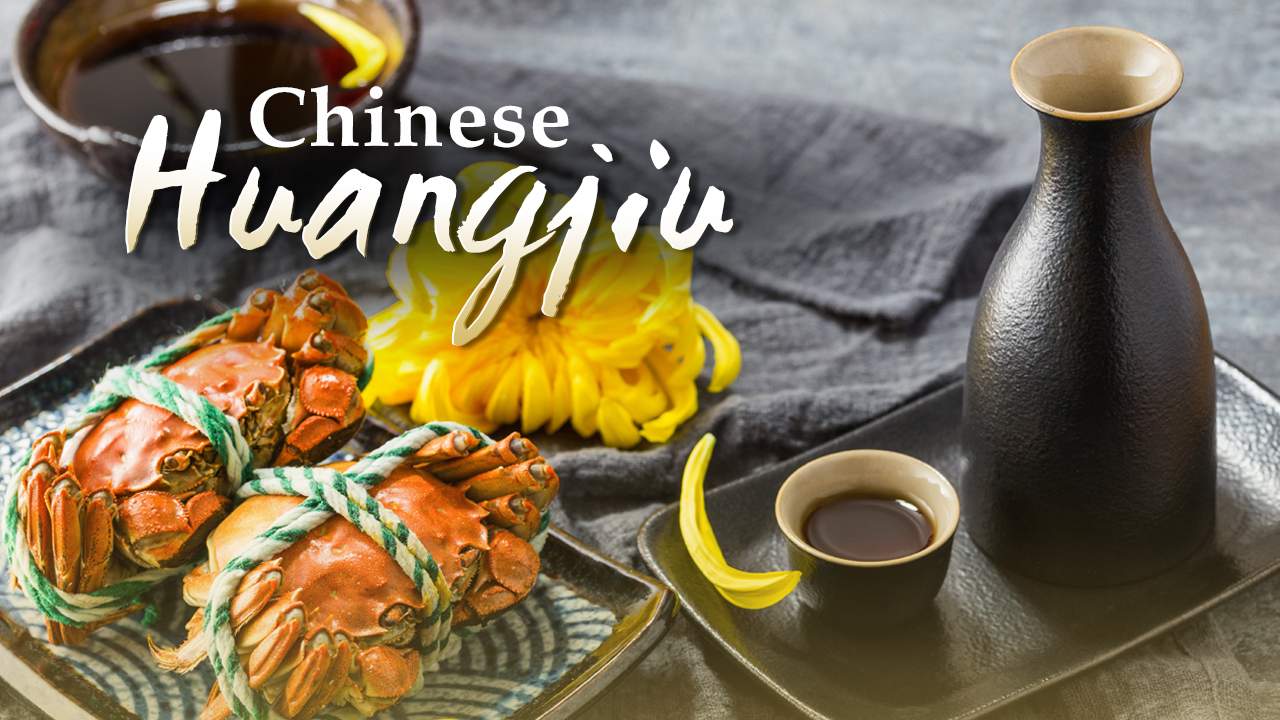
When talking about Huangjiu, what is the first thing that pops up your mind? Huangjiu, known as "yellow rice wine," is a type of Chinese liquor made from cereal grains such as rice, wheat or millet. With a brewing history for more than 2,500 years, Huangjiu is considered as the world's three major ancient alcoholic drinks, together with beer and wine.
Unlike Baijiu, Huangjiu is not distilled; the alcohol content by volume is no more than 20 percent, which is suitable for daily drinking.
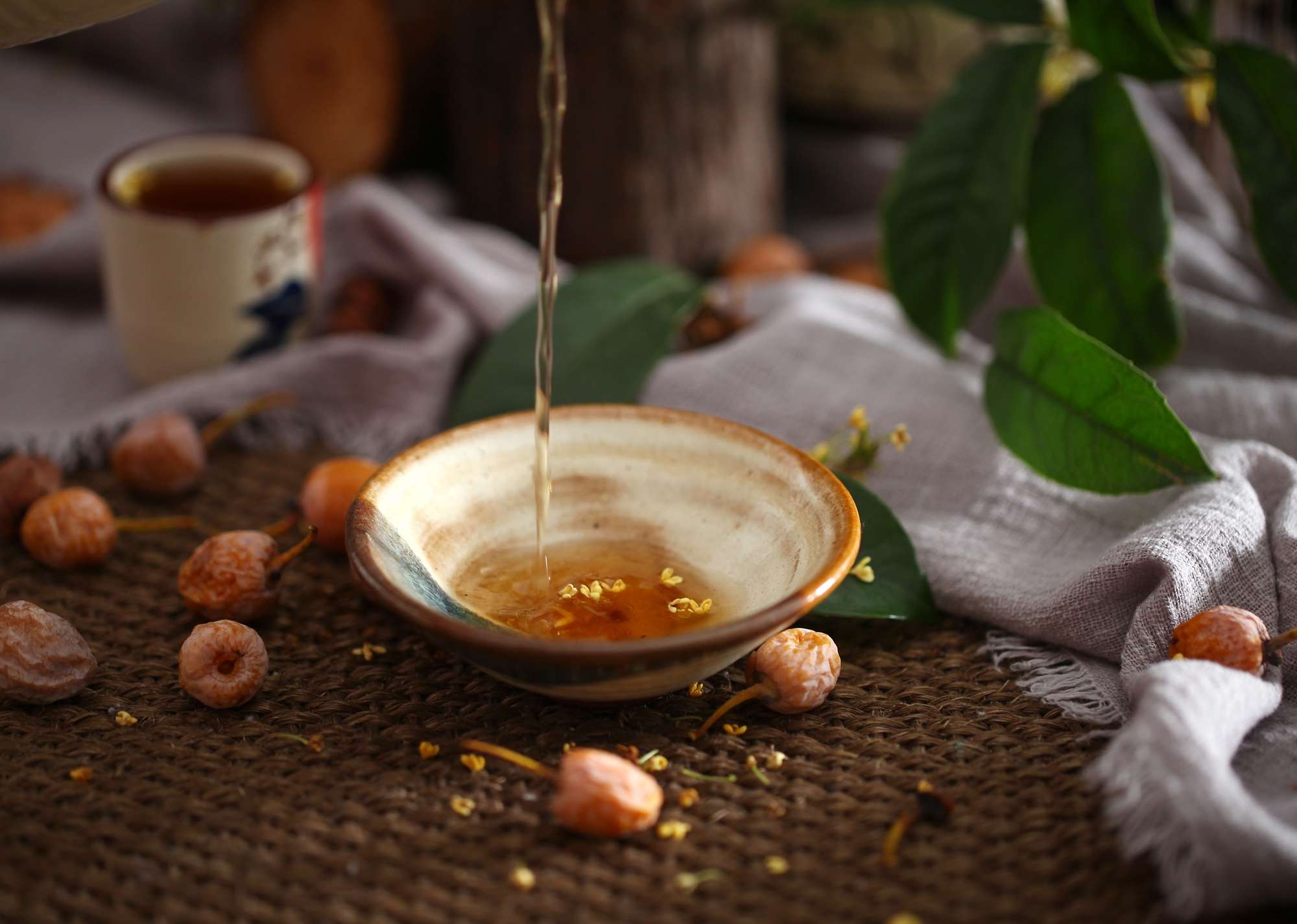
A glass of Huangjiu. /VCG Photo
A glass of Huangjiu. /VCG Photo
Huangjiu is produced in many regions across China, offering a wide range of options for consumers. Shaoxing City in east China's Zhejiang Province, where Huangjiu is mainly produced, is the most famous Chinese region to make yellow rice wine. Meanwhile, the traditional Huangjiu also keeps spirits high there.
The yellow rice wine is a pillar industry in Shaoxing City, where 74 rice wine companies and more than 11,000 workers produce more than 600,000 tons of rice wine every year. The most authentic way to keep the best aroma of Huangjiu is to be aged in earthenware jars for decades. The longer it is aged, the better flavor it would be.
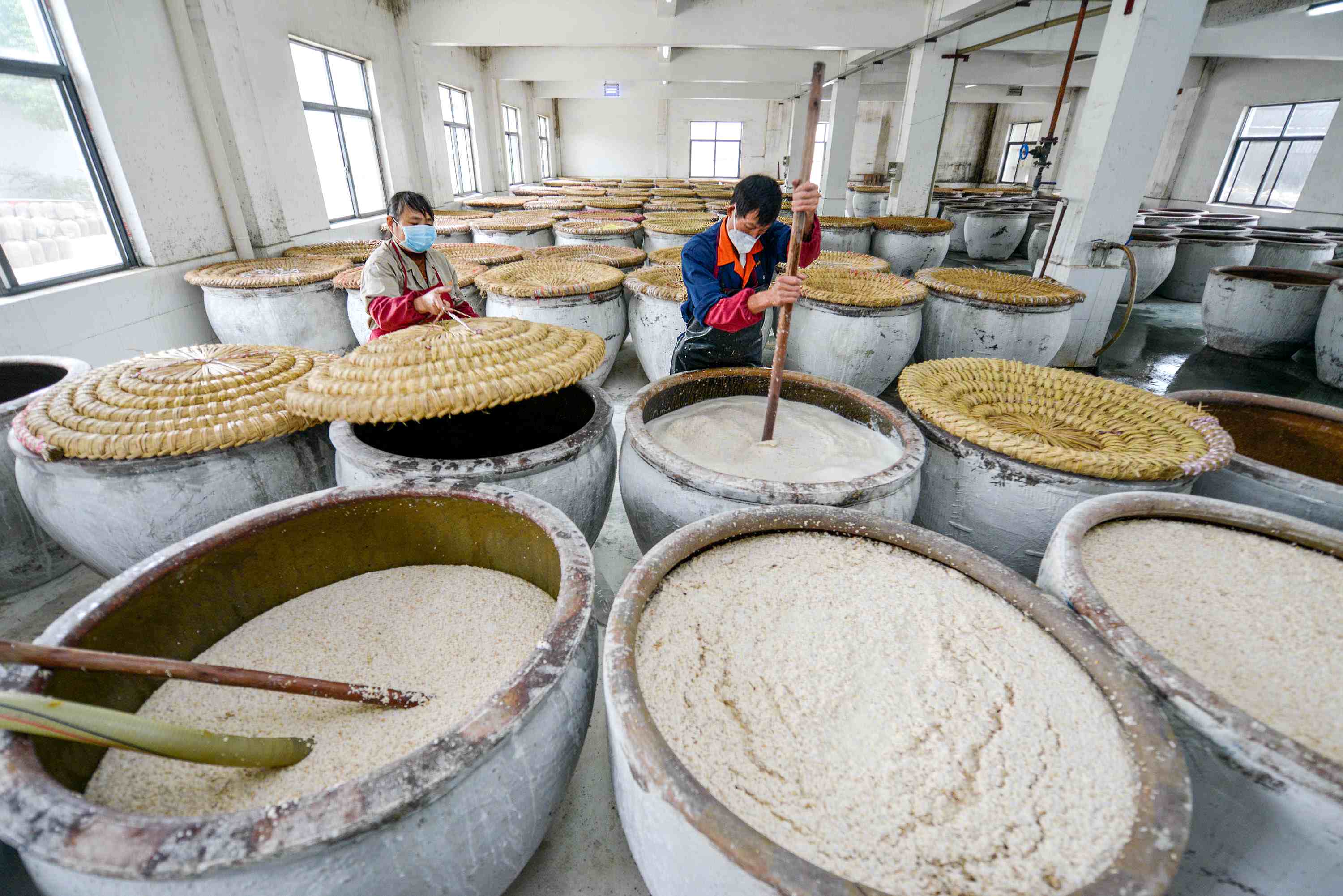
Workers stir the ingredients in the wine jars at a rice wine factory in Shaoxing, east China's Zhejiang Province. /VCG Photo
Workers stir the ingredients in the wine jars at a rice wine factory in Shaoxing, east China's Zhejiang Province. /VCG Photo
With Huangjiu brewers now seeking new markets, Huangjiu now is often mixed with soda or juices, and chilled with ice cubes as a kind of refreshing low-alcohol cocktail. Interesting, to warm the yellow wine, the traditional method is to pour Huangjiu into a bottle and put it in hot water instead of heating it directly.
The brewing technique of Shaoxing yellow rice wine has been listed as a National Intangible Cultural Heritage in 2006, which means Shaoxing Huangjiu is not only a traditional alcoholic drink in China but also a significant part of the national culture.
The spread of Chinese Huangjiu culture
Noted as one of the official state gifts between China and foreign countries, the Shaoxing Yellow Rice Wine has often been shown up at the dinner feast and witnessed the great friendships between the two countries. For example, when Chinese President Xi Jinping visited the U.S. in September 2015, Shaoxing Huangjiu was set on the menu for the state dinner in White House.

A bottle of Huangjiu with a plate of crab. /VCG Photo
A bottle of Huangjiu with a plate of crab. /VCG Photo
Today in addition to being a kind of alcoholic drinks in the market, Huangjiu now is also used in cooking to replace the function of Liaojiu, an essential condiment in Chinese cooking.
Yellow Wine Museum of China
When speaking of Chinese Huangjiu, how could you miss the Yellow Wine Museum of China? Situated in the Yuecheng District of Shaoxing City, the Yellow Wine Museum of China is a museum featuring Chinese Huangjiu culture and the production of Huangjiu. There are three main halls in the museum and the highlight of it is a wine cellar, which covers an area of 400 square meters and stores many kinds of aged wines.
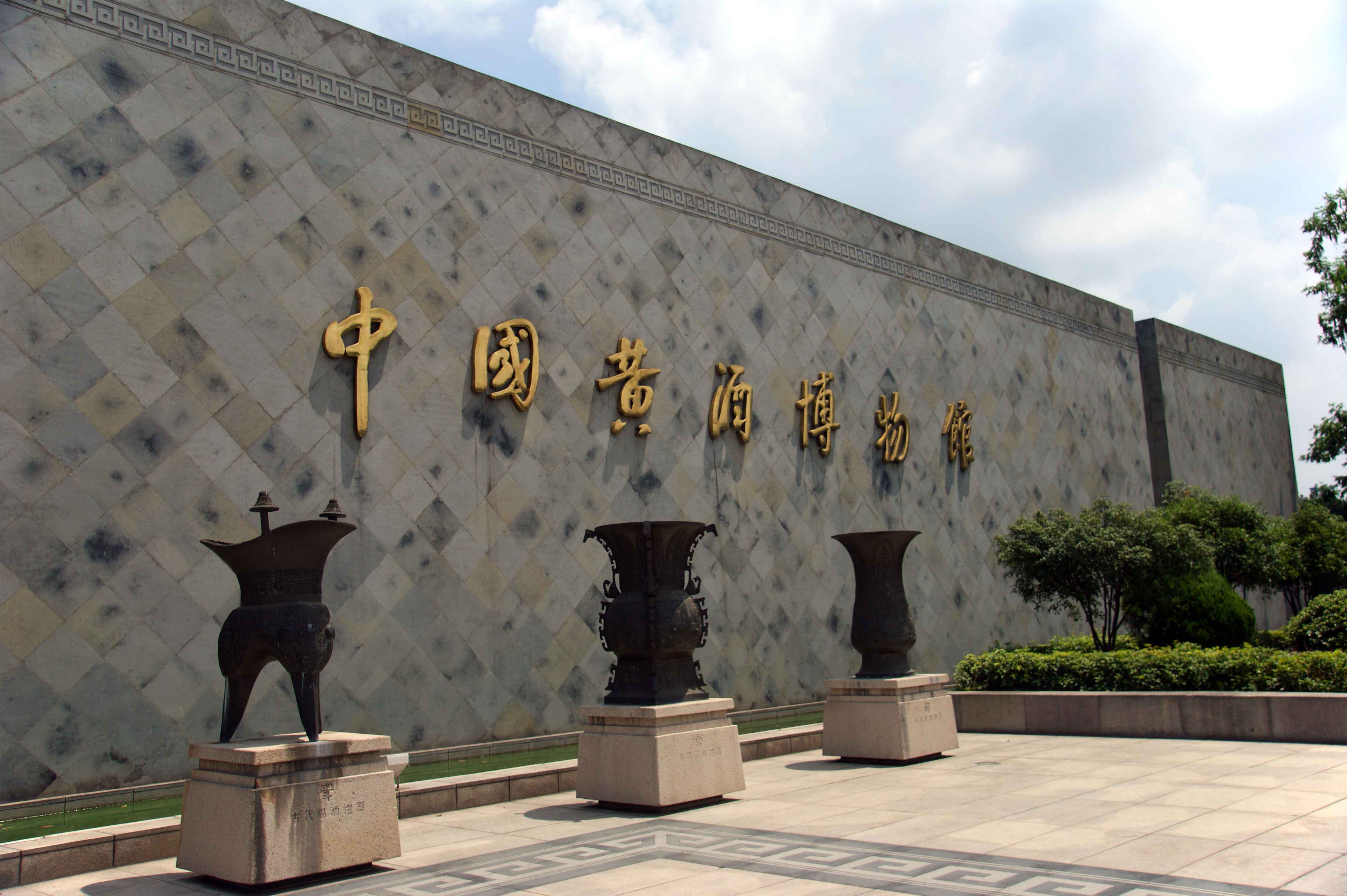
Yellow Wine Museum of China. /VCG Photo
Yellow Wine Museum of China. /VCG Photo
To better serve visitors who want to learn more about the great culture of Huangjiu, a series of special activities including the identification of Huangjiu and the Huangjiu show performance have been held by the museum.
Today, China's Huangjiu museum has been regarded as the "golden name card" for Shaoxing City. For those who are planning to visit Shaoxing City, the Yellow Wine Museum of China is a must-try.
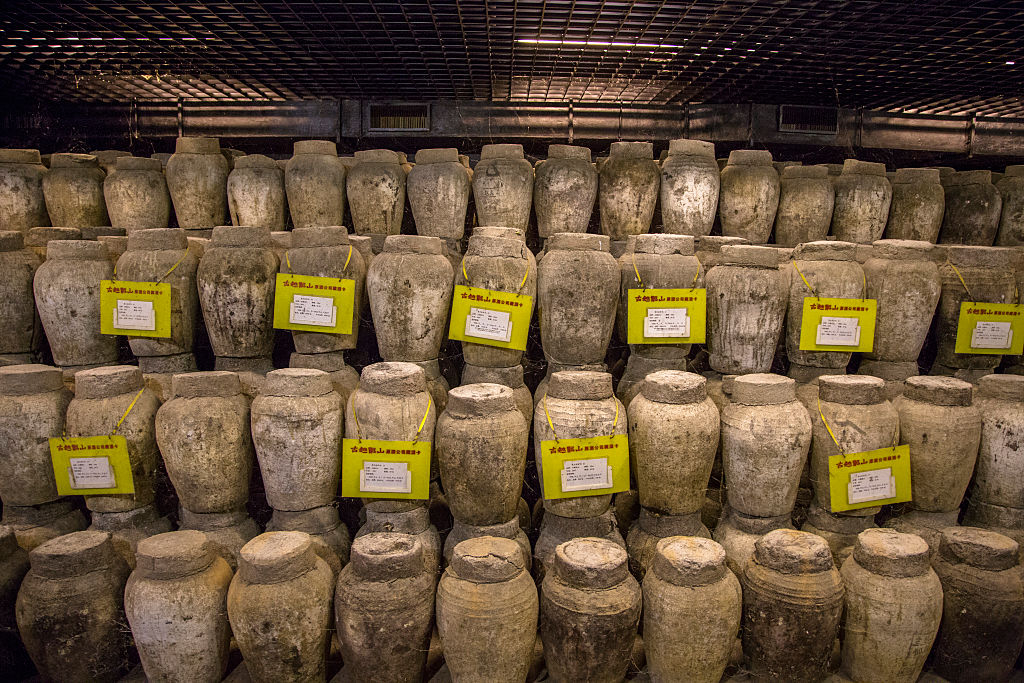
The wine cellar at Yellow Wine Museum of China. /VCG Photo
The wine cellar at Yellow Wine Museum of China. /VCG Photo
Travel information
Address for the Huangjiu museum of China: Xiada Rd, Yuecheng District, Shaoxing City, Zhejiang Province, China
Transportation: As the location of the museum is near Shaoxing Station, visitors could take a taxi from there to reach the destination.
The entrance fee: 25 yuan for adults; 15 yuan for students, children, or the aged; 60 yuan for family tickets
Opening hours: 8:30 a.m. – 5:00 p.m.

SITEMAP
Copyright © 2018 CGTN. Beijing ICP prepared NO.16065310-3
Copyright © 2018 CGTN. Beijing ICP prepared NO.16065310-3